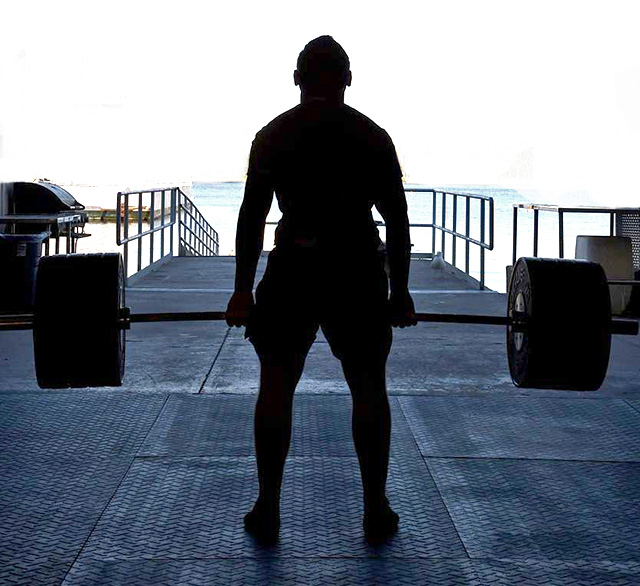It might sound counter-intuitive, but rest is an essential component of any weight lifting session. Rest periods are important to incorporate into your weight lifting routine to allow your muscles time to recover and rebuild, prevent injury, and improve your overall workout performance. Reducing rest times can also be used to increase the intensity and cardio workout, and to have quicker workouts.
Aid Recovery
Resting allows your muscles time to recover and rebuild. When you lift weights, you are essentially creating small tears in your muscle fibers. It is during the rest periods between your sets and after your workout that your muscles repair and grow stronger.
Additionally, rest is important for overall workout performance. If you don't give your muscles time to recover, you may not be able to perform as well during your workout, which can hinder your progress toward your fitness goals.
Preventing Injury
Rest also helps prevent injury. Overexerting yourself during a workout can lead to muscle strains and other injuries, which can sideline you from your fitness routine. By taking the time to rest and allow your muscles to recover, you reduce the risk of injury and can return to your workouts feeling refreshed and energized.
Get a Cardio Workout
By minimizing rest time, you'll keep your heart rate elevated for longer periods - hopefully for the entire workout - which will allow you to burn more calories. You'll effectively turn your weight lifting session into a cardio session.
Consider this: A 130-pound woman will burn about 88 calories during a regular 30-minute weight lifting session. Increase the intensity to a vigorous session, and she'll up her calories burned to about 177. Double! Gentlemen, you get the same bang for your buck. A 180-pound man will burn about 122 calories during a normal session, and 245 during a vigorous session.
 dead lifting
dead lifting Have Shorter Sessions
Finally, by minimizing rest time, you can reduce your overall session time. Achieve this by moving quickly from exercise to exercise without resting, but at the same time making sure you still give the muscles that have just had a workout time to recover between sets. Rather than performing several sets in a row of the same exercise, make a circuit or pair up two exercises, performing one set of each exercise before going back to the first exercise. The exercise sets should work different body sections, such as one working the arms, and the other the legs. Muscles can recover while you're doing your next exercise, rather than while you stand around watching TV!
Make note, ensure you move quickly between the exercises, not during the exercises. Always perform sets with slow, controlled movements, and make sure to keep proper form so the exercise is done safely.
Related Pages
- About Strength and Fitness
- Combining Intermittent Fasting and Weight Training for Maximum Results
- Resistance training programs
- Testing for strength and power
- Resistance training exercises
- What are the highest-ranking strength sports?


 Upcoming Events
Upcoming Events